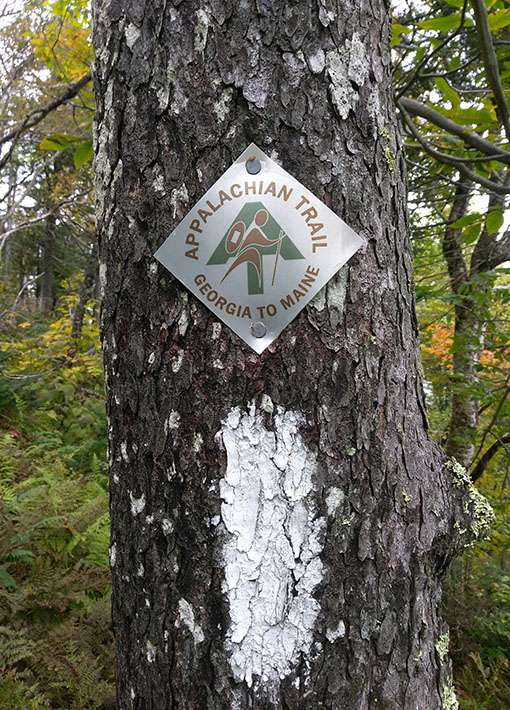
Whether NOBO, SOBO, or Flip-flop, No Pain, No Maine.
How to Thru-Hike the Appalachian Trail Part 2: Weather, Wild-life, and Lodging
This is part 2 of a multi-part series written by 2-time Appalachian Trail Thru-hiker and Calendar Year Triple Crowner, Carl “Professor” Stanfield. Part 1 can be found here, with subsequent parts to follow. This portion will cover the conditions of the Appalachian Trail, such as climate, wild-life, and the AT shelter system. Enjoy!
BEAR ENCOUNTERS
One of the questions people will ask any aspiring thru hiker the most has something to do with bears. Are you afraid of them? Do you carry protection? What do you do when you come across one?
Fortunately, negative bear encounters are extremely rare along the Appalachian Trail. The black bears that are found in the region are generally terrified of people, so the best deterrent is to be a person. Every time I have encountered a bear along the trail (about 20-30 times between my two thrus and various section hikes) they have bolted in the opposite direction immediately upon seeing me. Every. Single. Time. This isn’t to say that negative interactions happen from time to time: they do. But by following basic bear guidelines, it’s easy enough to stay safe out there.
The biggest preventative measure a person can take in bear safety is proper food storage at night. Virtually every shelter has some sort of food storage method, be it either hanging or locking away in boxes. Arguably even safer than these storage mechanisms is actually camping near a dozen other people. Bears don’t want to be around people, so being camped next to a bunch of them is one of the safest things a person can do. If being bear prepared is a concern you can read all about bear safety here.
COLD
Unless a person is attempting an FKT, they’ll be on trail long enough to experience a cold season or two. The most popular time to start a true NOBO hike is late February to late April. The weather down south is inconsistent, but it’s best to pack for cold, at least for the start. In 2018, I hiked through 5 days of cold rain in late April to start my hike. In 2022, my first 5 days in early March saw exactly 0 clouds with highs in the 70s. Southern Appalachian Spring weather is truly a rollercoaster. So, pack for the colder end of the spectrum, just to be safe. By mid-May of my 2018 hike, I sent home my warm clothes and never got them back. On my 2022 hike, hurrying my way through the trail in March and April, I kept my winter clothes the entire time, and had snow sprinkled throughout the experience all the way up until I submitted Katahdin on June 5. However, I lucked out with my night time temperatures on that hike, and my 30 degree quilt (partnered with an insulated sleeping pad) kept me warm, with few nights ever dipping below freezing.
Editor’s Note: Cold fronts can occur during the summer months on the East Coast, so always account for freezing temperatures when choosing your gear for a thru-hike. This means you’ll likely want to carry a sleeping setup and insulating layers that will keep you comfortable in temperatures as low as the lower 30s throughout your hike.
Heat
On the other end of the spectrum, the heat on the AT in the summertime can be down right oppressive. Humid heat is unlike any other kind, and I firmly stand by the fact that the southern mountain heat is AT LEAST as oppressive as it is in the western deserts. There were June nights so hot in Virginia in 2018 that at night I would put a sleeping liner over my sleeping pad, strip all my clothes off, and spend the entire night sweating. No cool reprieve in the mountains.
Shelters
While weather on the AT can be miserable, it has two things that help tremendously: frequent shelters, and hostel availability. On average, there is a shelter every 8 miles on the AT. The average hiker will pass 2-3 every single day. This means that not only is there a roof to make it to at the end of a soggy day, but there will also be a covered lunch spot, promising protection from all the elements. And in addition to the on trail hovels, there are also a multitude of hostels on trail, more even than there are proper towns. At an average hiker pace of 15-20 miles per day, a person will pass a hostel every 2-4 days for the majority of the trail. The promise of a dry bed and warm (or cold) shower does so much for helping the miserable mind slog on.
The element that sets the AT apart from other trails is the intricate shelter system woven in along the 2200 miles of trail. There are over 250 of these 3-walled buildings sprinkled across the mountain range, which means on average, there is a shelter every 8 miles between Springer Mountain and Katahdin (with a bonus 2 shelters along the 8.8 mile approach trail to the Amicalola Falls visitor center).
Each shelter varies in size, though the average capacity is around 8-12. Almost all shelters have a privy nearby as well as some sort of food storage system, and most even have water and a picnic table or two. In addition to the space inside, all shelters also have room around them for tenting. Shelters are the ultimate hub for camping on the AT. Solo hikers can sleep a bit more soundly knowing there are other hikers nearby to fend off things that go bump in the night, and they’re also great places to meet people. As hikers traverse further into their hikes and the on trail numbers dwindle, sometimes they offer private reprieves for entire trail families. During the day, shelters are great spots for breaks, with places to sit and eat, as well as gather or deposit resources in water sources and privies. It can also be hugely comforting to know that at some point during even the rainiest of days, there’s a promise of somewhere dry to hunker down.
Shelter culture is a huge part of the AT thru hiker experience. Love em or hate em, every hiker interacts with them. As lovely as they can be to spend a night at, the cacophony of snores and scurrying mice can also deter hikers, so it’s important to note that it is by no means required to camp at shelters. Indeed, some of the very best spots to spend a night on the AT are other established campsites, overlooking vistas or tucked away under stunning overhangs. Some hikers aim to spend every night by a shelter, while others do everything in their power to avoid them.
HOSTELS
Hostel culture is an important piece of thru hiking etiquette to learn. Nearly every hiker who attempts a thru hike will stay in at least one along the way, and many, maybe even most hikers will stay in several. They are cheaper alternatives to motels/hotels, at least for the single hiker. Almost all of them are run by some combination of former hikers and/or trail angels, and they primarily target thru hikers. Sleeping options vary, but most hostels offer a shared bunk room as well as private rooms. They’ll have communal bathrooms, a communal kitchen, and varying entertainment options (DVD collections, board games, lawn games, etc.). Some of them even include meals and rides into/around town. Most trail towns will have at least one hostel if not a few, and there are also more remote hostels further away from towns but very close to the trail.
On both of my thru hikes, I spent a good amount of my time in town splitting motels/hotels with buddies and staying with friends nearby, but even so, I’ve been able to check out several hostels along the way. Here are some of my favorites.
Erwin, TN: Uncle Johnny’s
MM 344.3 NOBO/1854.1 SOBO
This is one of those hostels that is conveniently right on trail. There is a little camp store that sells some basics, but they’re also friendly about taking hikers into nearby Erwin where there is an outfitter, a proper grocery store, and several restaurants. There is a large bunkhouse as well as tiny cabins for rent. It’s a great, convenient spot to hang out and rest up for either the last stretch of TN/NC or before entering the Smokies.
Pearisburg, VA: Woods Hole Hostel
MM 625.5 NOBO/1567.6 SOBO
This might be the most famous hostel on the entire AT. It’s located about half a mile off of the AT on a road that doesn’t get much traffic. A stay here can keep hikers from having to figure out getting in and out of Pearisburg, as they have limited resupply options they sell directly themselves. It is also the home of trail legend Neville, who cooks an incredible breakfast sourced largely from the property. The bunkhouse is old and quirky, and there are private rooms available in the main house. This place has a really cool farmhouse feel to it and is absolutely worth popping into.
Glencliff, NH: Hikers Welcome Hostel
MM 1795.4 NOBO/398.9 SOBO
Another hostel located a short walk off trail, and with enough food to resupply from. This place has some really cool bunkhouses, a large kitchen, and really friendly staff. Heading north, this is the last stop before entering the knee destroying Whites, so it’s a great spot to either rest up for the big challenge ahead, or celebrate coming south that the hardest hiking is already behind you.
Monson, ME: Shaw’s Hiker Hostel
MM 2079.8 NOBO/114.5 SOBO
Making another strong case for the most famous hostel on the AT is Shaw’s. Heading north, this is the last hostel or town stop before completing the trail. Heading south, it’s the spot to rest up and connect with other hikers after making it through the Hundred Mile Wilderness. Poet and Hippie Chick are excellent, wizened hosts and are wonderful help with gear shakedowns heading out for the rest of the trek. It’s a good central hub in town to be able to resupply and grab a meal, and they also do really solid resupply themselves, including some gear. It’s stationed at another crux of a person’s thru hike, regardless of direction, and is definitely a place that needs to be dropped in on.
Editor’s Note: Sometimes all of the sleeping space in shelters is occupied and hostels are all booked up or closed for the season. You should always carry your own shelter system while on your thru-hike. 5 – 7 days of rain isn’t a zero chance possibility on the AT and you may find your stay expired where the weather has remained.
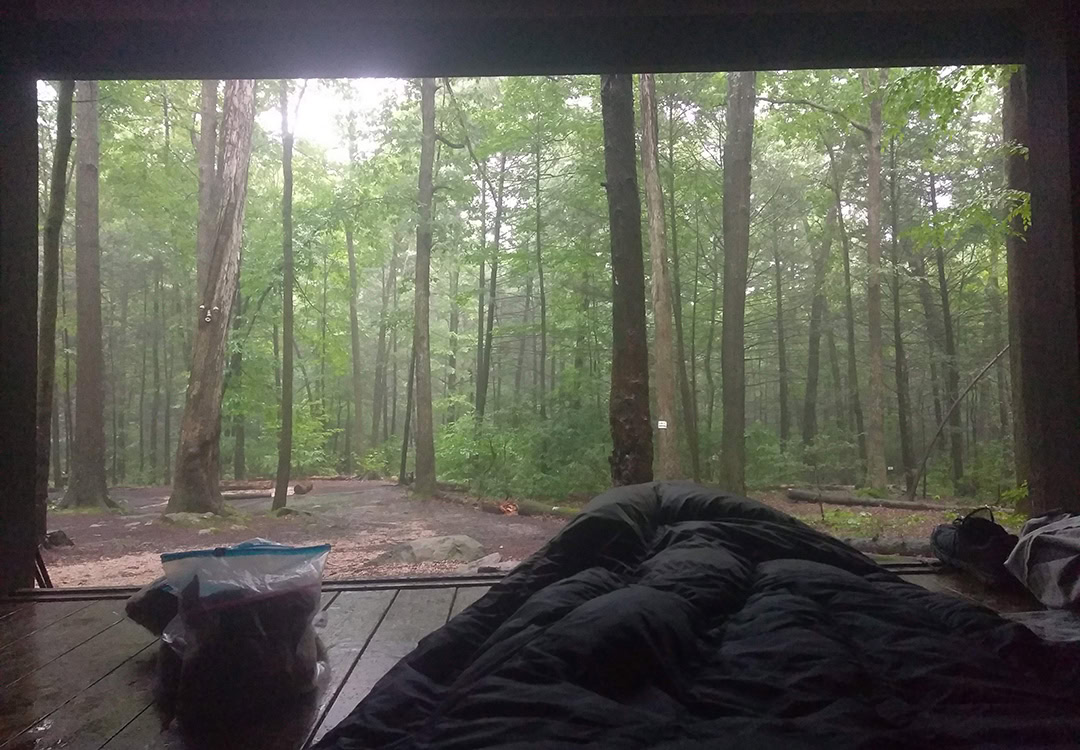
A LUCKY MORNING ALONE
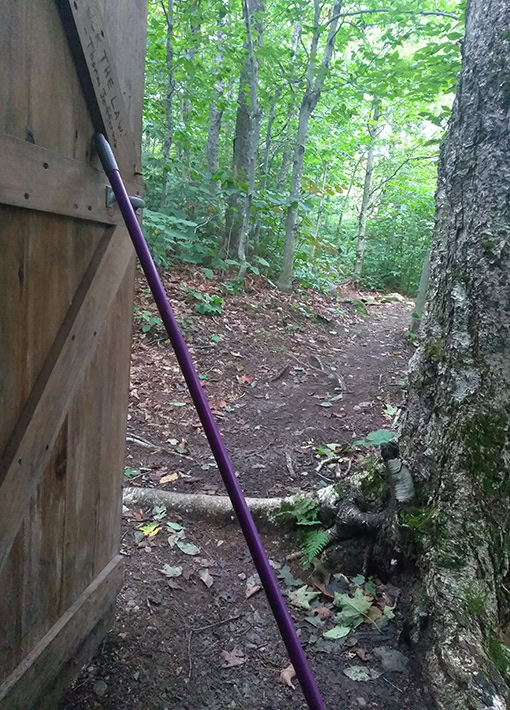
SOME PRIVIES ARE DARK INSIDE
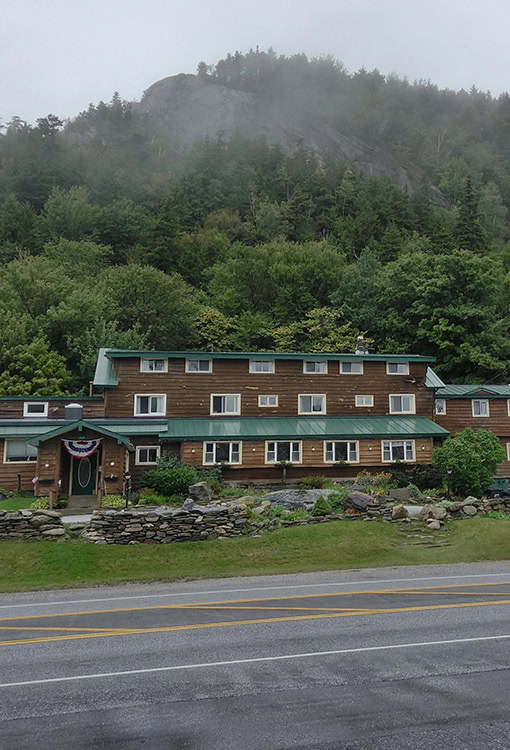
A WARM BED AWAITS
Trail community compared to PCT and CDT
The AT was my first thru hike and also my favorite of the triple crown. The hiking community is incredible everywhere, but there is just nothing like the AT experience. My experiences tell me that the average hiker beginning the AT is the least experienced of the 3. This means that the beginning of the trail is a massively formative experience for almost everyone on trail. The hikers on trail are all figuring it out together, and there’s also no short supply of non thru hikers, who also make up a huge portion of the AT community. In the peak NOBO season, it is unreal how much trail magic is available for hikers. For weeks, hikers will experience trail magic at almost every single road crossing.
Members of the community will come out with a table of snacks or a cooler of drinks just to chit chat and hear the stories of all the people that are coming through on the journey of their life.
More than any other trail, AT hikers are also the most widely recognized. Nearly every person in every town will recognize hikers, from locals to bartenders to hotel clerks.
Being a thru hiker in a trail town is the closest most of us will ever get to experiencing being a celebrity. People will be in awe: they’ll want to chat, they’ll offer to pay for drinks, they’ll want to take pictures. All along the Appalachian mountains, both in the woods and in towns, people know AT hikers, and most of them will be enthralled.
Editor’s Note: Conversely, a thru-hike can feel very alienating for some hikers. Thru-hiker fatigue hits towns throughout the season and if you’re on the later side of arrival you might find amenities unavailable and a less than enthused welcoming committee. You might be too late for a cooler of coca-cola. You might not be able to get a hitch out of town. Your experience will vary but always remember; only the stubborn survive.
CONTINUED IN PART 3


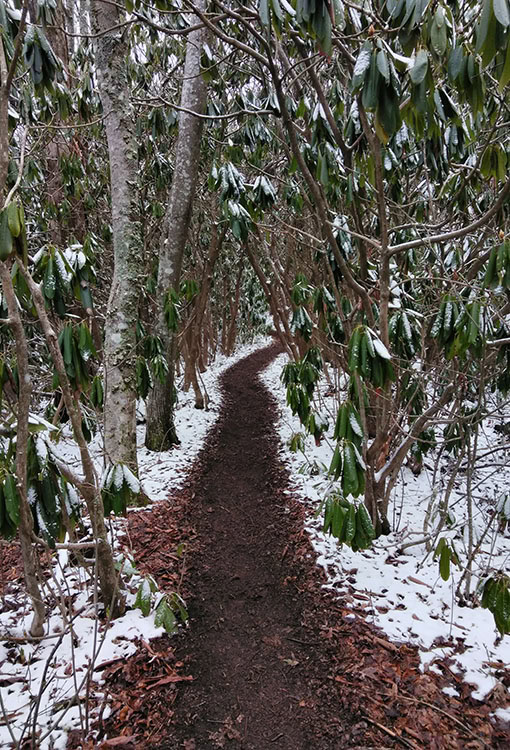
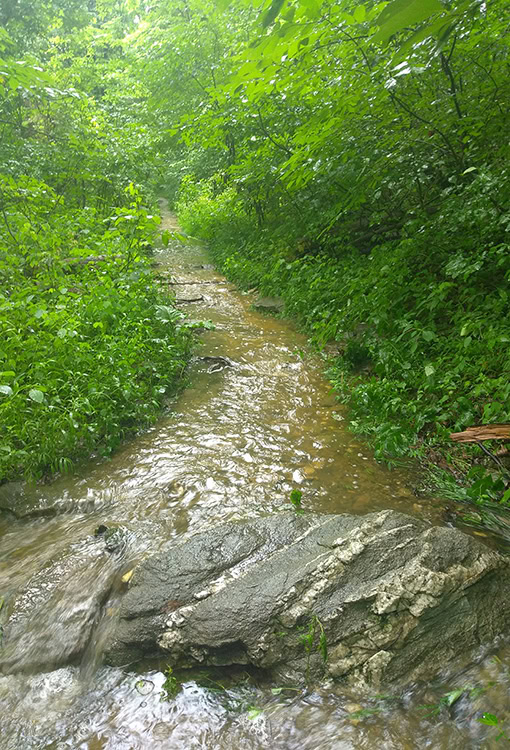
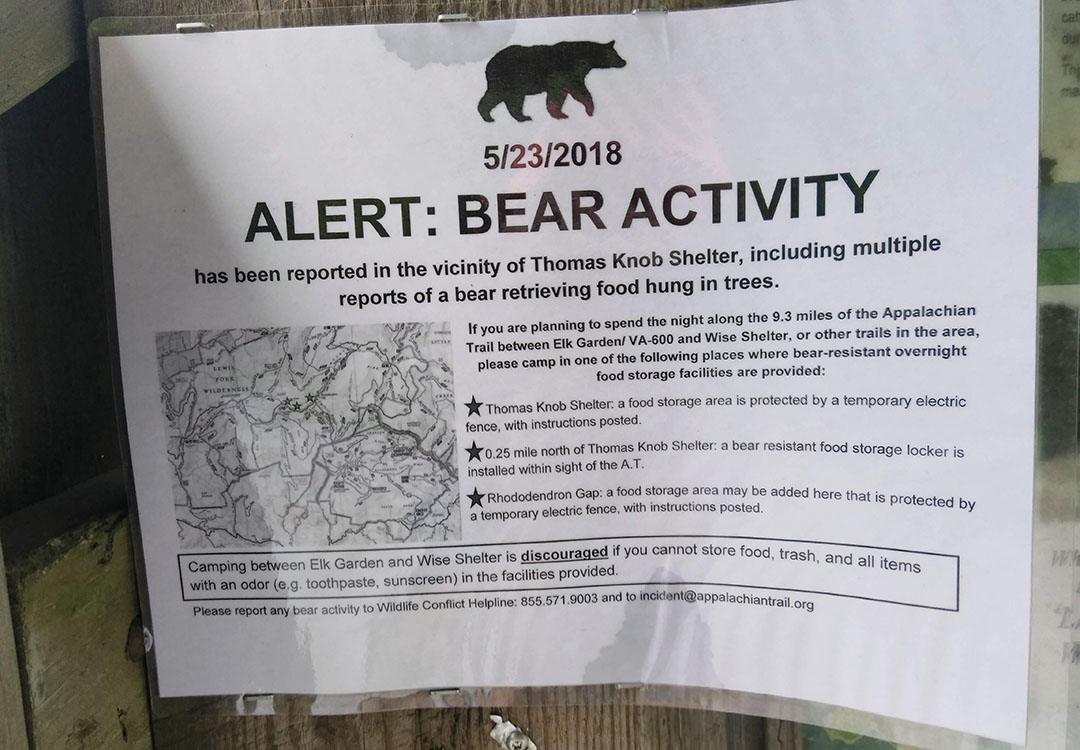
How about tenting? Do you need to bring a tent just in case the shelter is full, or full of a bunch of roudy day hikers.
Hey James, yes, you should always have your own shelter no matter what trail you’re on. Depending on the Shelter system is a no bueno scenario. – Garrett/Editor